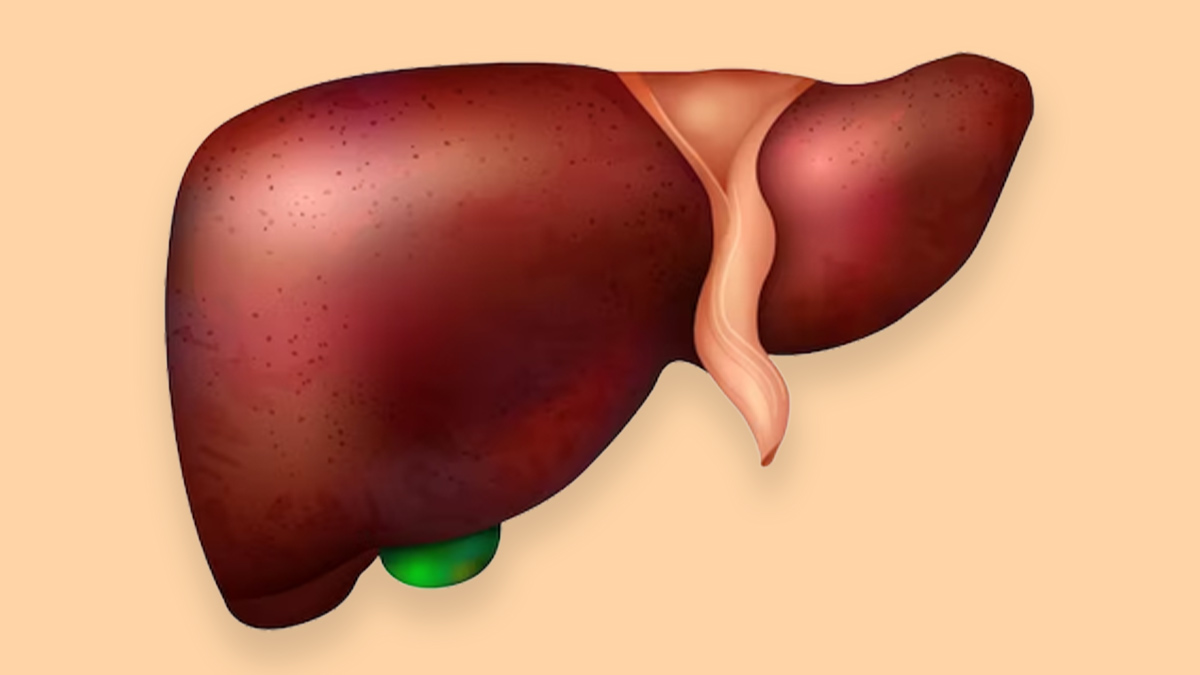
Fatty liver disease in children, also known as paediatric nonalcoholic fatty liver disease (NAFLD), is becoming increasingly common due to lifestyle factors. It is characterised by the accumulation of fat in the liver cells, which can lead to inflammation and damage. “The daily fructose intake has been increasing over the years. Medications in such a situation do not work to reverse or cure fatty liver disease. However, lifestyle changes can have a big impact on disease progression for both the short- and long-term. One of the major modifications is to make in the diet for children,” said Dr Anurag Shrimal, a Senior Consultant – HPB, Liver & Pancreas Transplant Surgery, Lead Consultant – Paediatrics and Pancreas Transplant Surgery, at Global Hospitals Mumbai. Here are some tips to help avoid fatty liver disease in children:
Table of Content:-
Promote a Healthy Diet
According to Dr Shrimal, water and milk should be included in the diet of kids under the age of one. Encourage a balanced and nutritious diet for your child. Include a variety of fruits, vegetables, whole grains, and lean proteins in their meals. Limit the consumption of processed and sugary foods, as excessive sugar intake is linked to fatty liver disease.
Also raead: Ultimate Diet For Non-alcoholic Fatty Liver Disease
Limit Added Sugars
Be mindful of the amount of added sugars in your child's diet. Sugary beverages, candies, and processed snacks contribute to excessive calorie intake and can lead to fat accumulation in the liver. Opt for water, milk, or natural fruit juices in moderation.
.jpg)
Encourage Regular Physical Activity
Physical activity is crucial for overall health and can help prevent fatty liver disease. Encourage your child to engage in regular physical activities such as playing sports, riding bikes, or simply playing outside. Aim for at least 60 minutes of moderate to vigorous physical activity each day.
Limit Screen Time
Excessive screen time, including watching television and playing video games, is associated with a sedentary lifestyle. Limit screen time and encourage more active play and outdoor activities to promote physical well-being.
Promote Healthy Sleep Habits
Ensure that your child gets an adequate amount of sleep each night. Poor sleep patterns and inadequate sleep have been linked to an increased risk of fatty liver disease. Establish a consistent bedtime routine to support healthy sleep habits.
Also read: Do Not Ignore Swelling In These 4 Areas; Could Be A Sign Of Fatty Liver Disease
Serve Age-Appropriate Portions
Be mindful of portion sizes when serving meals. Teach your child to recognize when they are full and encourage them to listen to their body's hunger cues. Avoid encouraging overeating or using food as a reward.
Encourage Family Meals
Eating meals together as a family promotes healthy eating habits. It allows for positive role modelling, and family meals are an opportunity to introduce a variety of nutritious foods.
Limit Fast Food and Processed Foods
Fast food and heavily processed foods are often high in unhealthy fats, sugars, and salt. Limit the frequency of these foods in your child's diet to reduce the risk of fatty liver disease.
Monitor and Manage Health Conditions
Keep an eye on your child's health and address any underlying conditions that may contribute to fatty liver disease. Conditions such as obesity, insulin resistance, and metabolic syndrome should be managed with the guidance of healthcare professionals.

If you have concerns about your child's weight, diet, or overall health, consult with a paediatrician or a registered dietitian. They can provide personalised guidance and support to help prevent or manage fatty liver disease. By implementing these lifestyle habits, parents can play an important role in preventing fatty liver disease in children and promoting overall health and well-being.
Also watch this video
How we keep this article up to date:
We work with experts and keep a close eye on the latest in health and wellness. Whenever there is a new research or helpful information, we update our articles with accurate and useful advice.
Current Version